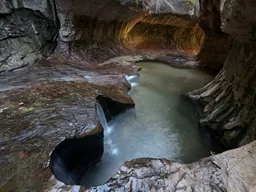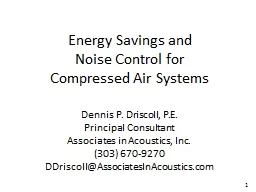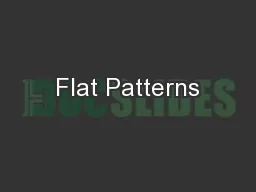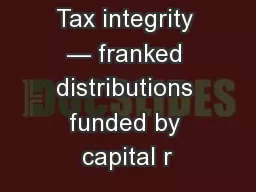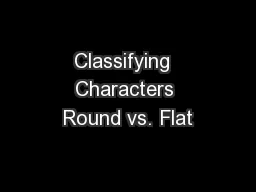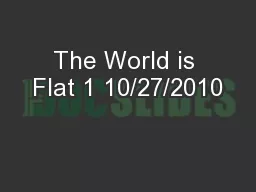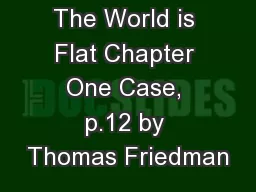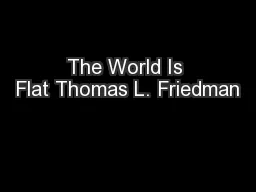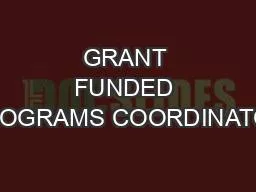PPT-IMPROVE Cost Savings in a Flat Funded World
Author : ellena-manuel | Published Date : 2017-05-01
Scott Copeland 101614 We have done this before June 2006 Expected FY2007 EPA budget cuts prompted an evaluation of which IMPROVE sites should be removed JuneDecember
Presentation Embed Code
Download Presentation
Download Presentation The PPT/PDF document "IMPROVE Cost Savings in a Flat Funded Wo..." is the property of its rightful owner. Permission is granted to download and print the materials on this website for personal, non-commercial use only, and to display it on your personal computer provided you do not modify the materials and that you retain all copyright notices contained in the materials. By downloading content from our website, you accept the terms of this agreement.
IMPROVE Cost Savings in a Flat Funded World: Transcript
Download Rules Of Document
"IMPROVE Cost Savings in a Flat Funded World"The content belongs to its owner. You may download and print it for personal use, without modification, and keep all copyright notices. By downloading, you agree to these terms.
Related Documents

